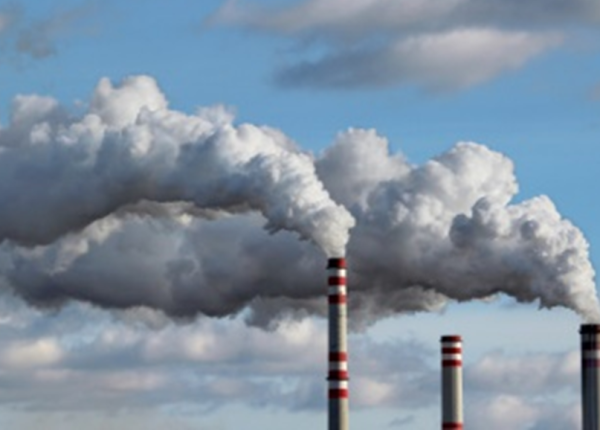Why is Stack Monitoring essential?
Air pollution nowadays has become a critical issue to deal with. In 2019, out of the 30 most polluted cities in the world, 21 cities were in India where industrial pollution contributes 51% among all other polluting factors.
Industries design chimneys to emit or release hot gases and pollutants at a specific height so that they should not affect the areas around the industries. These industrial chimneys are also called ‘Stack’.
However, even if the emissions are released at a height, it still affects the environment by contaminating the air quality. Industrial stack emissions contribute maximum to the decreasing air quality in our surroundings.
What is Stack Emission monitoring?
Stack monitoring is the process that tracks the pollutants that helps the key personnel, managers, or inspectors to ensure the level of stack emission released from industries into the air. Monitoring the stack pollutants benefits the industries to stay within the environmental compliance.
Why is Stack Emission Monitoring essential?
- To ensure the pollutants are within the permissible limits of compliance.
- It helps to outline the measures to decrease the pollutants by changing the process or installing a new pollution control device.
- For meeting the environmental compliance and pollution control board’s monitoring standards.
- To get the accurate emission data for further analysis.

Importance of Stack Emission monitoring
With the rising number of industries, it has become important to monitor the emissions released according to the guidelines of the pollution control board. The industries having stacks, boilers, furnaces, etc., requires to carry out the installation of stack emission monitoring systems to measure the pollutants level. Basic pollutants measured are particulate matter (PM 2.5 & PM 10), NOX, SO2, CO, CO2, and O2. Other parameters which are considered for monitoring are HCl, HF, NH3, VOC, etc. The monitoring parameters and ranges differ from industry to industry depending upon their type. Similarly, the frequency to monitor the stack emission differs based on the scale of emission discharge in environment. The key personals are responsible to take necessary actions to maintain the parameter limit whenever it exceeds.
Pollution control boards penalize the industries that don’t carry out proper management for emission monitoring or delay the emission monitoring activities.
Effects of harmful pollutants on the environment and human health
Particulate matter (PM)
The particulate matter affects human health with heart or lung diseases. Whereas due to particulate matter pollution we face environmental challenges such as climate change, acid rains, and it also contributes to global warming.
Oxides of Nitrogen (NOx)
The higher amount of nitric oxide in environment creates a negative effect on vegetation such as leaf damage or reduced crop yields. Similarly, humans face respiratory problems and diseases.
Sulfur Dioxide (SO2)
Sulfur Dioxide contributes to acid rains and causes eyes, lungs, and skin-related problems to humans as well.
Carbon Monoxide (CO)
Carbon monoxide affects the amount of greenhouse gases. A higher amount of carbon monoxide in the environment can cause confusion, dizziness, and unconsciousness for humans.
Process of Stack Emission Monitoring

Stack Emission Monitoring System at Serum Institute of India, Pune
Considering the fact that Stack emission from industries contributes to pollute the air; here PTESPL furnishes the solution to monitor the stack emission accurately.

Our finest installation of Stack Emission Monitoring System at world’s largest vaccine manufacturer Serum Institute of India, Pune. Real-time monitoring of stack elements is being carried out successfully till date by our potential system.
Contact us to know more or enquire about the Stack emission monitoring system.
